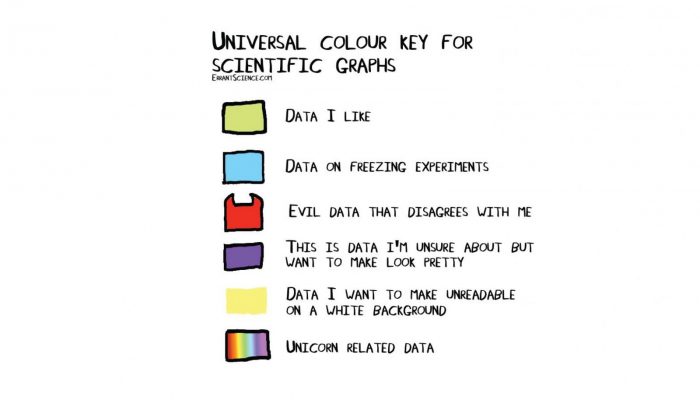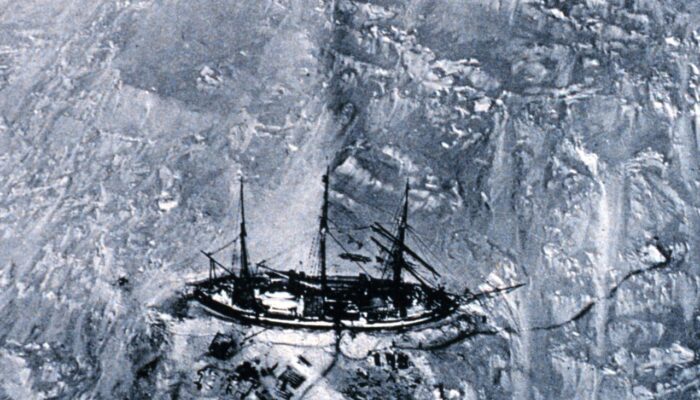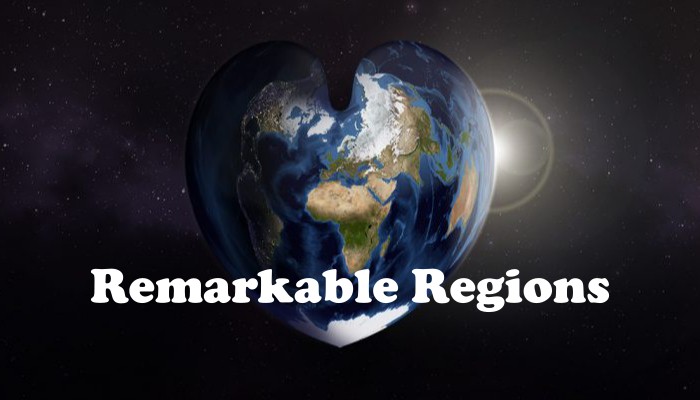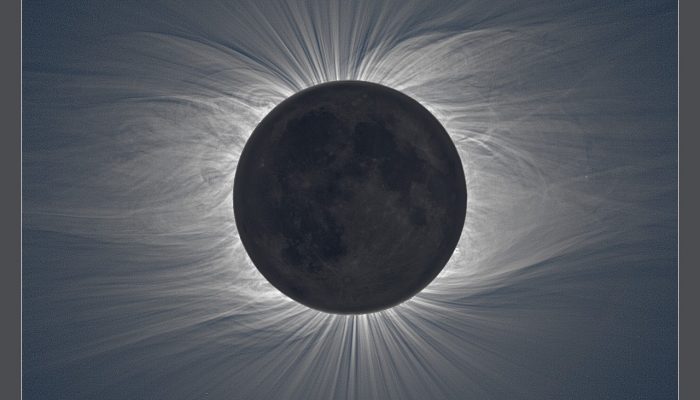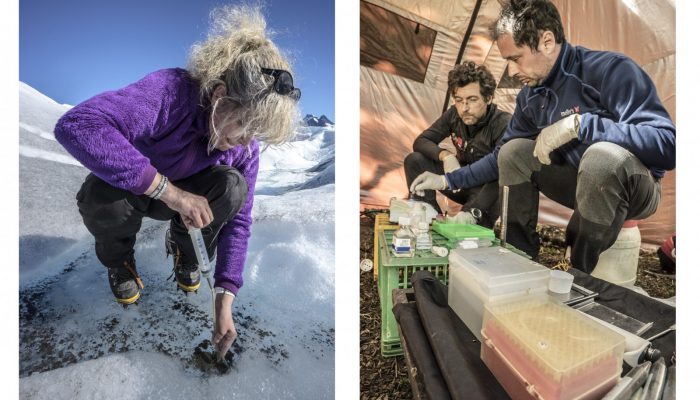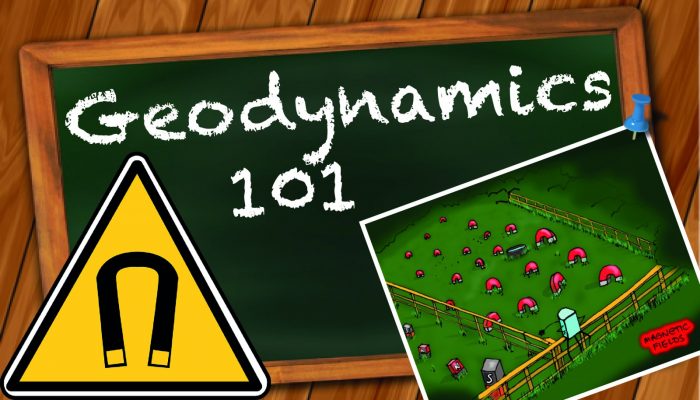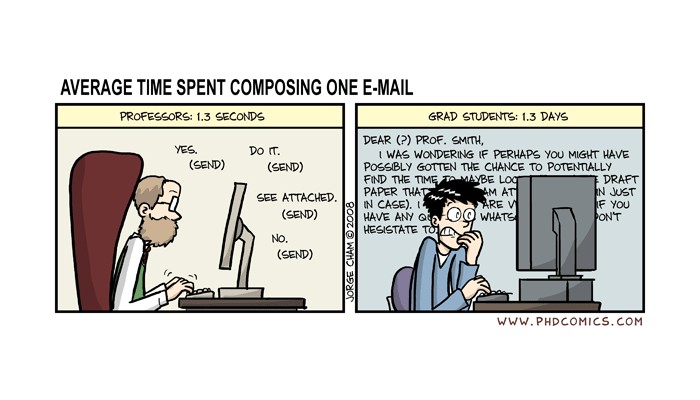Welcome to the brand-new blog for the EGU Geochemistry, Mineralogy, Petrology & Volcanology (GMPV) Division! The aim of this blog is to provide a unique space for all mineral geeks, volcanophiles and rocking chemists to tell the world about their latest research and exciting new ideas! The GMPV Division covers a huge range of themes including: the nature, composition, structure of the Earth’s ...[Read More]
Geodynamics
The Rainbow Colour Map (repeatedly) considered harmful
This week’s “Wit and Wisdom” post is a guest entry by researcher Fabio Crameri from the Centre for Earth Evolution of Dynamics (CEED), University of Oslo. Many of us are guilty of creating figures using the colours of the rainbow in their full glory – it’s bold, exciting, and justifies the golden data contained within, right? Wrong! As Fabio explains, the rainbow scheme is misleading and should be ...[Read More]
Cryospheric Sciences
Image of the Week – See sea ice from 1901!
The EGU Cryosphere blog has reported on several studies of Antarctic sea ice (for example, here and here) made from high-tech satellites, but these records only extend back to the 1970s, when the satellite records began. Is it possible to work out what sea ice conditions were like before this time? The short answer is YES…or this would be a very boring blog post! Read on to find out how hero ...[Read More]
Geodynamics
The eastern Mediterranean: What’s in a name?
Every 8 weeks we turn our attention to a Remarkable Region that deserves a spot in the scientific limelight. To kick off this series, Anne Glerum introduces us to the eastern Mediterranean, which has been a natural laboratory for generations of scientists. The name of our Remarkable Region is quite descriptive: it designates the region around and including the eastern part of the Mediterranean Sea ...[Read More]
Solar-Terrestrial Sciences
The 2017 solar eclipse and scientific discoveries
The next solar eclipse is upon us. On August 21 the moon will pass between the Sun and an observer’s point of view in America and block out daylight, creating an eerie gloom in the sky. The transit of the moon between the Earth and Sun occurs about every 18 months, but for your particular city it can take several hundreds of years before a new eclipse occurs. The figure below shows the paths of al ...[Read More]
Cryospheric Sciences
Image of the week – Micro-organisms on Ice!
The cold icy surface of a glacier doesn’t seem like an environment where life should exist, but if you look closely you may be surprised! Glaciers are not only locations studied by glaciologists and physical scientists, but are also of great interest to microbiologists and ecologists. In fact, understanding the interaction between ice and microbiology is essential to fully understand the gla ...[Read More]
Geodynamics
The world’s largest magnet
The Geodynamics 101 series serves to show the diversity of topics and methods in the geodynamics community in an understandable manner for every geodynamicist. PhD’s, postdocs, full professors, and everyone in between can introduce their field of expertise in a lighthearted, entertaining manner and touch on some of the outstanding questions and problems related to their method of choice. Thi ...[Read More]
Cryospheric Sciences
Image of the Week – A new way to compute ice dynamic changes
Up to now, ice sheet mass changes due to ice dynamics have been computed from satellite observations that suffer from sparse coverage in time and space. A new method allows us to compute these changes on much wider temporal and spatial scales. But how does this method work? Let us discover the different steps by having a look at Enderby Land in East Antarctica, for which ice velocities are shown i ...[Read More]
Geodynamics
A Geodynamicist and an Early Career Scientist
This week Adina Pusok, postdoctoral fellow at the Institute of Geophysics and Planetary Physics (IGPP) at Scripps Institution of Oceanography, University of California San Diego, USA, discusses what it is like to be an Early Career Scientist within the EGU Geodynamics division. The terms “Early Career Scientist” (ECS) or “Young Scientist” (YS) are now so widely used in the scientific community, th ...[Read More]
Climate: Past, Present & Future
Of butterflies and climate: how mathematics helps us to better understand the atmosphere
Applied mathematics is often seen as an obscure field, which the general public has no hope of ever understanding. In the context of climate science, this is far from the truth. In fact, many mathematical concepts and ideas applied to the study of the climate system stem from intuitive arguments. While their implementation can be very complex, understanding the basic ideas behind them does not req ...[Read More]


